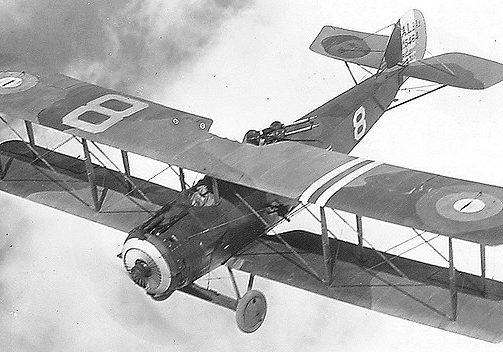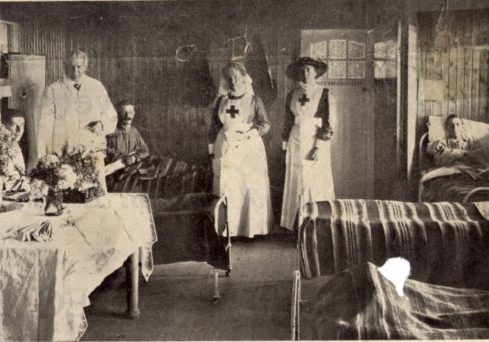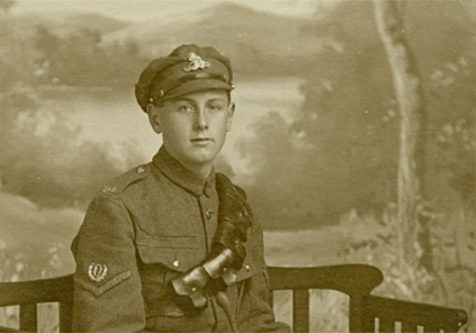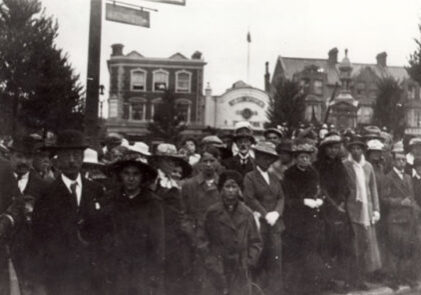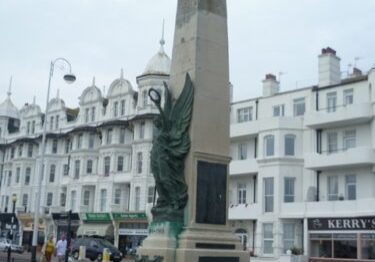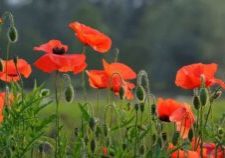Introduction
Bexhill Remembers explores Bexhill’s contribution to the Great War and investigates what life was like for the residents of Bexhill during the War. The project is funded by the Heritage Lottery Fund and is part of the Imperial War Museum’s First World War Centenary Partnership.
At least 2000 Bexhill men joined the armed forces, of which 253 were killed, 330 wounded and 33 missing. Although initially slow to enlist, they fought in all theatres of war, from the Western Front to Mesopotamia, Salonika and Gallipoli. As well as serving in the army, Bexhill men also served in the Navy and in the Royal Flying Corps (later RAF). The first Bexhill man to fall was Bombardier Clement Whyborn of the Royal Field Artillery who was killed in action on 15th September 1914 aged 22. The last Bexhill man to die in battle was Private Frederick Barker who died on the 4th November 1918 aged 29.
Bexhill women were also involved in war work. Bexhill nurses such as the Bray sisters Evelyn, Ethel and Mary treated soldiers in field hospitals, on hospital ships and in the various Red Cross and VAD military hospitals in the town. Other women such as Kathleen and Dorothy Beard became munitions workers, and Inspector Cooke and Sergeant Braddon became the town’s first female police officers.
Other residents formed a Volunteer Training Corps, and worked on the land. The people of Bexhill also contributed financially to the war effort by raising thousands of pounds for various “War Savings” fundraising appeals. So successful were these appeals that the town even ended up with its own tank called Muriel! Some Bexhill residents were also Conscientious Objectors or Pacifists including the future 9th Earl De La Warr, Herbrand Sackville and Bexhill businessman and grocer Sidney Wickens.
The town welcomed over 200 Belgian refugees and with the creation of Cooden Camp also became home to various troops from the locally raised Lowther’s Lambs to South Africans, Australians and Canadians. In January 1918 the Canadian Engineers transformed Cooden Camp into the Princess Patricia Red Cross Hospital for convalescent soldiers, which added to the other military hospitals already located in the town. Various events were put on to help boost the recovery and morale of the wounded soldiers including a cricket match, Nurses Vs Patients!
The term “homefront” was coined for the first time and in January 1918 rationing was introduced for the first time in British history. People were encouraged to grow their own fruit and vegetables to help combat the food shortages caused by German submarine warfare on merchant shipping. Street lighting was dimmed or switched off ad hoc throughout the War due to fears of bombing raids from Zeppelins, which no doubt intensified in Bexhill after a zeppelin was sighted in 1916. Naval ships were often spotted sailing past, and there were regular reports of residents hearing the rumble of shell fire coming from the Western Front. The entertainment venue the Kursaal was renamed the Pavilion and the Bijou Cinema became St. Georges as Bexhill tried to lose its “Germanised” character and prove its patriotic credentials.
Topics
Directory of Bexhill Individuals
A searchable directory of names of Individuals involved in WW1, that have been gathered by a team of volunteers from local newspapers, official war records and other local archives.
The Road to War
The assassination of Archduke Franz Ferdinand, heir to the throne of Austria-Hungary, and his wife in Sarajevo on 28 June 1914 was like a spark that started the smouldering of a bonfire.
Bexhill at War
For a while there was little change in Bexhill except record numbers of tourists, but things soon changed.
Belgian Refugees
Germany’s invasion of Belgium in August 1914 quickly led to a mass exodus of Belgians across the English Channel to Britain. It is estimated that about a quarter of million refugees had arrived in this country by the end of that year.
Cooden Camp
Cooden Camp was a military training camp established at the start of the war and situated near Cooden Beach Golf Club and Henry Young’s Cooden Mount residence
Bexhill’s Soldiers
In 1918 the Bexhill Observer claimed that at least 2000 Bexhill men had served during the First World War. Through research for the Bexhill Remembers project, the Museum discovered the real figure was over 3500 men.
Aviation & Naval
When people think of the Great War, they often imagine muddy, rat infested trenches and battlefields scarred with bomb craters and corpses. However the war was also a maritime conflict and the armed forces were quick to exploit the newly invented aircraft.
Hospitals, Healthcare and Nurses
At the outbreak of war there were many groups of Bexhillian women who wanted to help care for the sick and wounded. Some were trained nurses already employed in Bexhill or in large General Hospitals elsewhere.
Conscientious Objectors & Pacifists
The history of Conscientious Objectors and Pacifists in the First World War is often overlooked and in an attempt to erase this chapter from history the vast majority of tribunal records were deliberately destroyed in the 1920s.
Armistice & Aftermath
The Armistice was signed at 5am on the 11th November 1918 and began at 11am, the eleventh hour of the eleventh day of the eleventh month. It was an agreement to end the fighting between France, Germany and Britain which would then lead on to peace negotiations.
War Memorials & Commemoration
Following the end of the War, the Government were keen to control how the war was remembered to justify the deaths and to provide meaning for the men’s sacrifice. They did not want the British public questioning the war, and in turn questioning the government who had taken them to war.
Glossaries
This section has brought together various glossaries and lists of useful information to help understand the various First World War related terms and references located elsewhere.
Funders

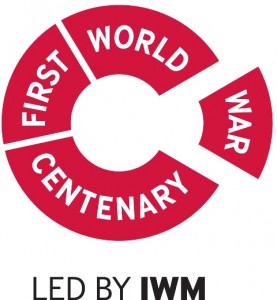


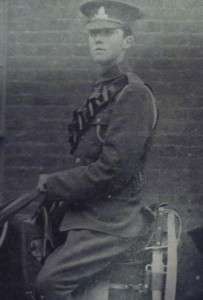
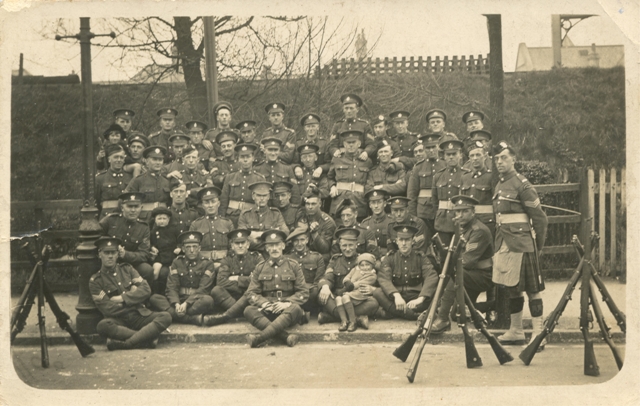
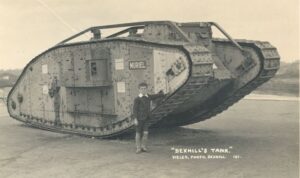
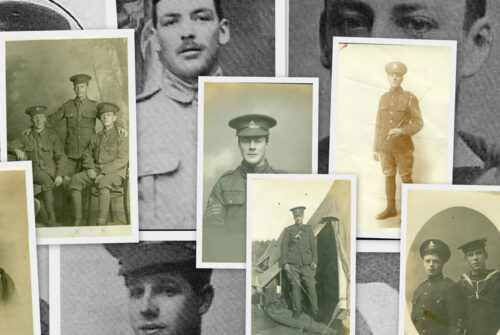
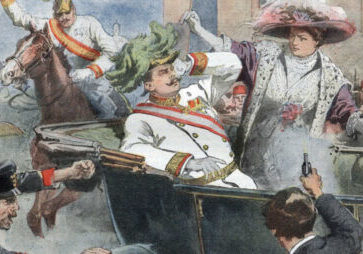
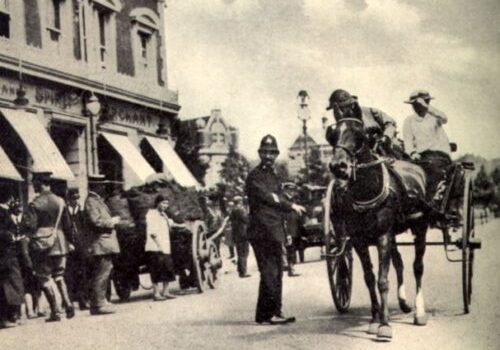
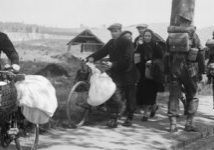
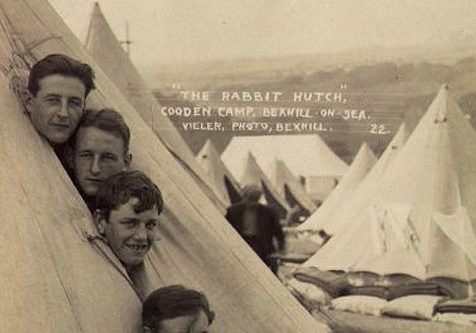
![STEVENS Jack [Left] STEVENS Louis Percival [Lu] [Middle] PARBERY John Henry [Jack] [Right] reduced STEVENS Jack [Left] STEVENS Louis Percival [Lu] [Middle] PARBERY John Henry [Jack] [Right] reduced](https://www.bexhillmuseum.org.uk/wp-content/uploads/bb-plugin/cache/STEVENS-Jack-Left-STEVENS-Louis-Percival-Lu-Middle-PARBERY-John-Henry-Jack-Right-reduced-500x304-landscape-05ac61914c7b70f85cb5c14e9bb5505f-.jpg)
